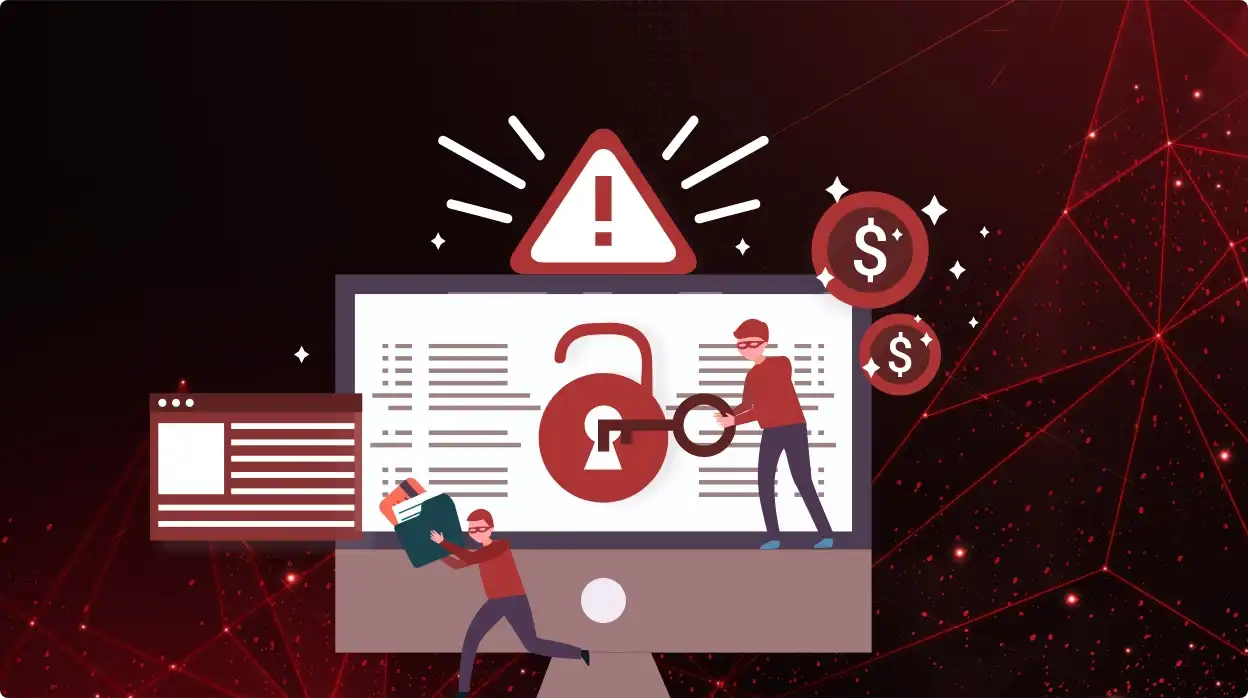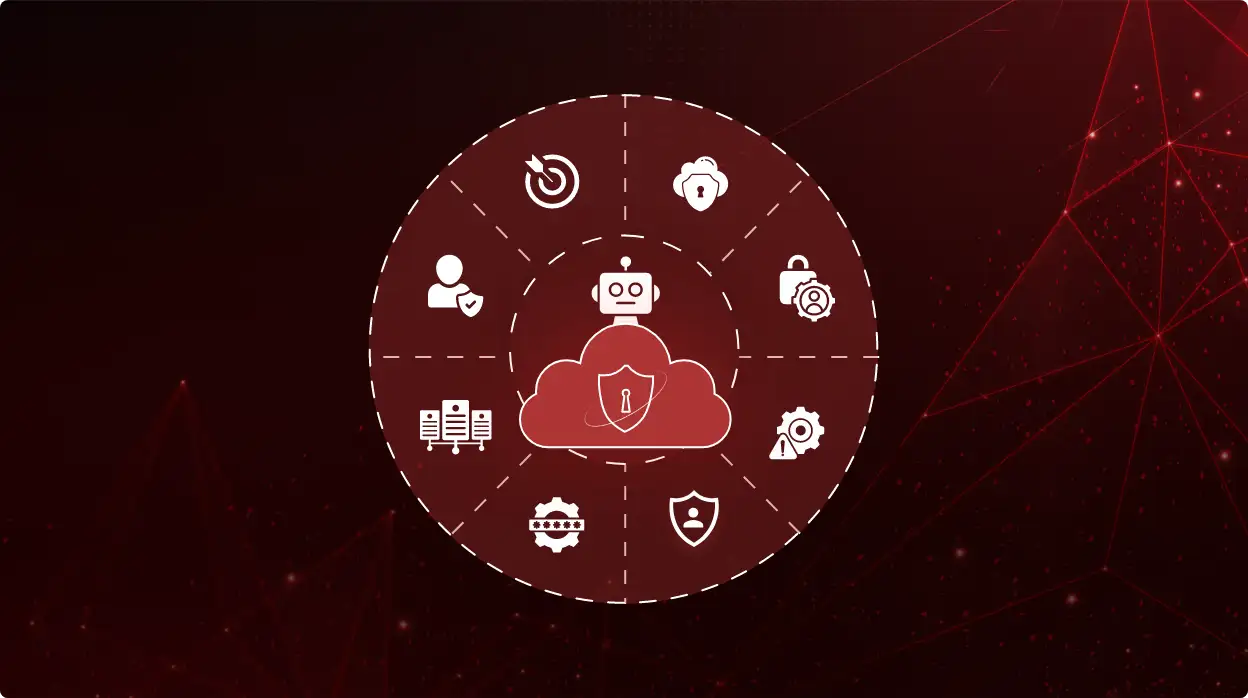
CheckRed Editorial
US data breaches and identity theft in 2024
We know that security breaches cause financial and reputational damages to organizations. But they can also severely impact the end users. Breaches often expose sensitive personal information such as Social Security numbers, addresses, and financial details, which can be exploited by attackers to commit identity theft. Once obtained, this data allows criminals to open fraudulent accounts, make unauthorized transactions, and impersonate victims. The long-term effects can include damaged credit scores, financial losses, and significant personal distress for those affected.

According to the report conducted by the Identity Theft Resource Center (ITRC), by the end of the second quarter of 2024, the number of data breach victims in the US surged by over 1,000% compared to the entire previous year, as revealed by a recent analysis of publicly reported breaches. This highlights the escalating impact of large-scale attacks, emphasizing the need for heightened security measures and incident response strategies. Organizations must enhance their defenses to mitigate the risks associated with these high-impact breaches and protect sensitive data more effectively.
Which industries are most impacted by breaches?
While security breaches have affected organizations across industries such as manufacturing, education, professional services, and government institutions as well, financial and healthcare organizations have been impacted the most. They are frequently targeted by cyberattacks due to their valuable and sensitive data, which offers substantial rewards for attackers. In the financial sector, personal and financial information such as bank accounts, credit card details, and transaction records are highly sought after for fraud and identity theft. This sector’s reliance on cloud-based transactions and the substantial financial assets involved make it a prime target for cybercriminals seeking financial gain.
Similarly, healthcare institutions hold vast amounts of personal health information on the cloud, including medical records, social security numbers, and insurance details. This data is not only valuable for identity theft but can also be exploited for fraudulent billing, blackmail, or selling on the dark web. Additionally, the critical nature of healthcare data means that disruptions can have severe consequences, giving attackers leverage to demand higher ransoms.
Both sectors also face challenges in maintaining security posture due to regulatory compliance requirements, legacy systems, and the sheer volume of data they handle. The combination of valuable data, significant financial stakes, and potential operational disruptions makes financial and healthcare institutions particularly attractive targets for cybercriminals.
Why are financial and healthcare institutions so vulnerable to breaches?
Cloud and SaaS environments in financial and healthcare institutions are vulnerable to breaches due to several factors inherent to their design and use.
Misconfigured cloud settings
Incorrectly configured access controls or exposed cloud storage buckets can inadvertently make sensitive data accessible to unauthorized individuals. Additionally, the complexity of managing multiple cloud services can lead to gaps in security, especially if different platforms have varying security standards and practices.
If a healthcare provider misconfigures their cloud-based electronic health record (EHR) system, leaving a storage bucket publicly accessible, here’s what can happen. The exposure will allow unauthorized individuals to access and download sensitive patient data, including medical histories and personal identification details, leading to compromised patient privacy, significant regulatory fines and reputational damage for the institution.
Poor IAM practices
Weaknesses in Identity and Access Management (IAM) can also contribute to breaches. Inadequate user authentication, overly permissive access rights, or compromised credentials can allow unauthorized access to critical data. Furthermore, phishing attacks and social engineering tactics can trick employees into revealing login details or downloading malicious software, compromising cloud security.
If a financial business improperly sets access controls on its cloud-based data storage system, too many employees will gain access to critical financial records and transaction data. This misconfiguration can result in sensitive financial information, including account numbers and transaction details being exposed publicly, substantial financial losses, fraudulent transactions, a loss of customer trust and regulatory scrutiny.
Third-party risks
Vulnerabilities in third-party applications and services integrated with the cloud environment can introduce additional risks. Attackers can exploit these weaknesses to gain entry into the cloud infrastructure and access sensitive data. Comprehensive security measures, including proper configuration, strong IAM practices, and vigilance against phishing, are essential to mitigate these risks.
For example, let us consider a scenario where a hospital uses a third-party cloud-based analytics service to process and analyze patient data for operational insights. If the service has an unpatched vulnerability that allows attackers to exploit it and gain unauthorized access to the hospital’s cloud environment, it can lead to a breach. Third-party services and applications need to be rigorously evaluated for security vulnerabilities before integration and regularly monitored for potential threats.
Cloud and SaaS security – A proactive measure for preventing identity theft
Cloud and SaaS security plays a crucial role in preventing identity theft by proactively safeguarding sensitive information across digital environments. Implementing robust security measures, such as encryption, multi-factor authentication (MFA), and comprehensive access controls, helps protect personal and financial data from unauthorized access and exploitation. By continuously monitoring cloud and SaaS applications for vulnerabilities and anomalies, organizations can detect and address potential threats before they lead to breaches. Additionally, regular audits and updates of security configurations ensure that protections remain effective against evolving cyber threats. In essence, a proactive approach to cloud and SaaS security not only mitigates the risk of data breaches but also fortifies the overall security posture, helping to preserve the integrity and confidentiality of sensitive information.
See CheckRed in Action
Dive into the future with our interactive demo
and explore the possibilities.
Related Posts




